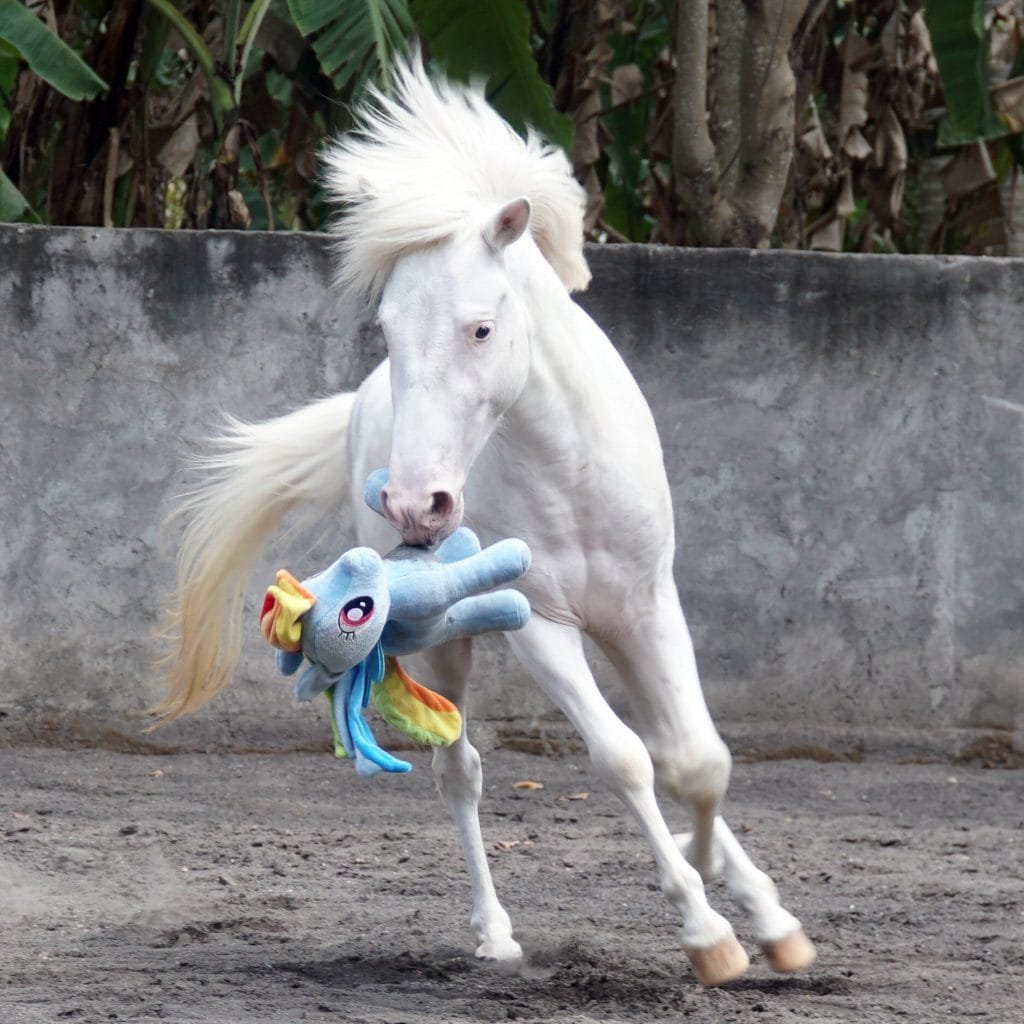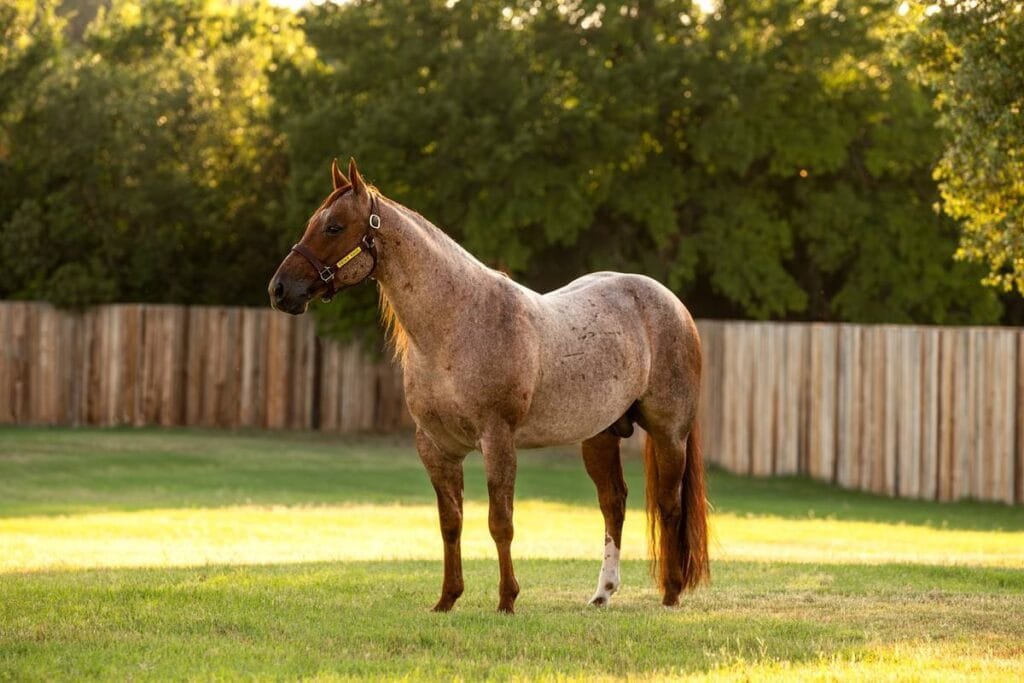Sumba horse, this breed is not just a mode of transportation but a symbol of strength, tradition, and pride for the Sumbanese people
it is a living link to the past, a symbol of cultural identity, and a testament to the enduring traditions of the Sumbanese people. As we move forward, it is essential to continue to honor and protect this remarkable breed, ensuring that it remains a vital part of Sumba’s heritage and legacy.
Origins and History
The Sumba horse is believed to have originated from the ancient horses that arrived in Indonesia centuries ago. These horses were brought by traders and explorers from different parts of the world. Over time, the horses adapted to the local environment of Sumba, which is characterized by its hot, dry climate and rugged terrain. This adaptation helped them develop into a distinct breed with qualities suited for the island’s conditions.
Feature details
| Feature | Details |
|---|---|
| Origin | Indonesia, specifically the island of Sumba. |
| Size | 12 to 14 hands high (48 to 56 inches at the shoulder). |
| Build | Compact, sturdy, with strong legs and broad chest. |
| Coat Colors | Various colors including brown, black, and gray. |
| Mane and Tail | Long and flowing. |
| Role in Culture | Used for transportation, ceremonial events, and as a symbol of wealth and status. |
| Significant Event | Pasola Festival: A traditional festival featuring ritualistic combat on horseback. |
| Breeding | Focus on maintaining strength, endurance, and good temperament. Traditional practices are used. |
| Diet | Mainly grass and forage; supplemental feeding during droughts. |
| Conservation Challenges | Decline in traditional practices, modernization, and urban migration. |
| Conservation Efforts | Educational programs, support for traditional practices, and promotion of the breed’s qualities. |
| Cultural Significance | Symbol of cultural pride and historical importance for the Sumbanese people. |
Physical Characteristics
One of the most striking features of the Sumba horse is its size. Unlike many other horse breeds, Sumba horses are relatively small, typically standing between 12 to 14 hands high (a hand is 4 inches, so this translates to about 48 to 56 inches at the shoulder). Their compact size makes them well-suited for navigating the rocky and uneven landscapes of Sumba.
Sumba horses have a sturdy build with strong legs and a broad chest. Their coats can be a variety of colors, including shades of brown, black, and gray. The mane and tail are often long and flowing, which adds to their majestic appearance. Their strength and agility make them excellent for riding and working in the fields.
Role in Sumbanese Culture
The Sumba horse plays a central role in the cultural and daily life of the Sumbanese people. Traditionally, these horses are used for various purposes, from transportation to participating in ceremonial events. In Sumba, horses are often considered valuable assets, and owning a horse is a sign of wealth and status.
One of the most significant cultural events involving Sumba horses is the Pasola Festival. Pasola is a traditional ceremony held annually in which horsemen participate in a form of ritualistic combat. This festival, which usually takes place in February or March, is both a religious and social event. During Pasola, riders on Sumba horses engage in mock battles, throwing spears at each other. The festival is not only a display of skill and bravery but also a way to honor the spirits and deities believed to protect the island.
Breeding and Care
Breeding Sumba horses requires careful attention to ensure that the qualities of the breed are maintained. Local breeders are skilled in selecting horses that have the desired traits of strength, endurance, and good temperament. They often follow traditional practices passed down through generations to ensure the health and well-being of the horses.
Care for Sumba horses is adapted to the island’s environment. The horses are well-suited to the hot and dry conditions, but they still need proper feeding and veterinary care. Their diet mainly consists of grass and other forage available on the island. In times of drought, when forage is scarce, supplemental feeding may be provided to keep the horses healthy.
Conservation and Challenges
Despite their importance, Sumba horses face challenges that threaten their population. Modernization and changes in lifestyle have led to a decline in traditional horse-keeping practices. Many young people in Sumba are moving to cities for work, and traditional horse-related activities are becoming less common.
To address these issues, conservation efforts are being made to protect and preserve the Sumba horse breed. Organizations and local communities are working together to promote sustainable practices and raise awareness about the importance of maintaining this cultural heritage. These efforts include educational programs, support for traditional horse-keeping practices, and initiatives to promote the breed’s unique qualities to a broader audience.





